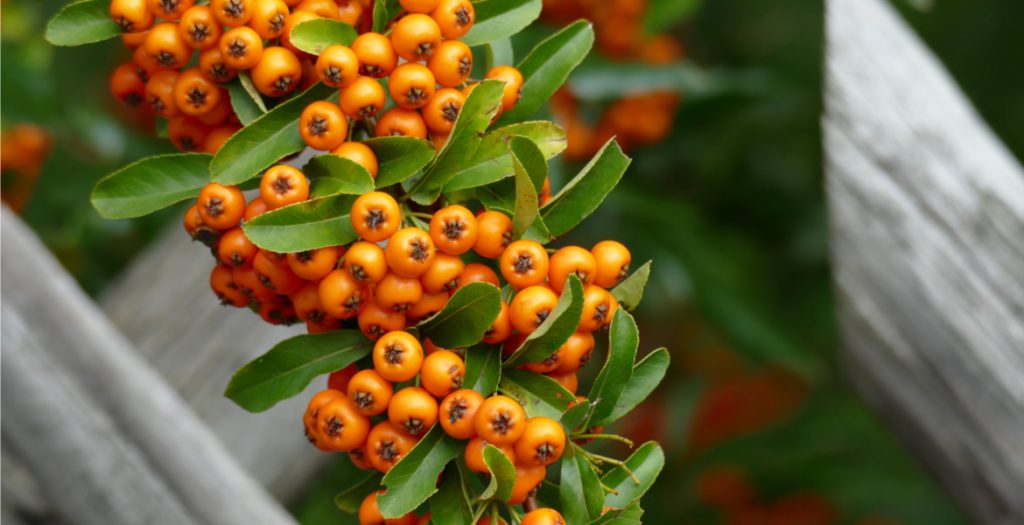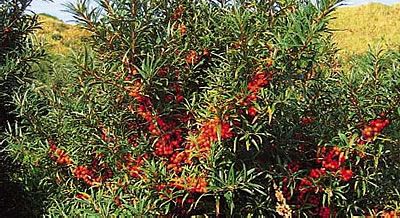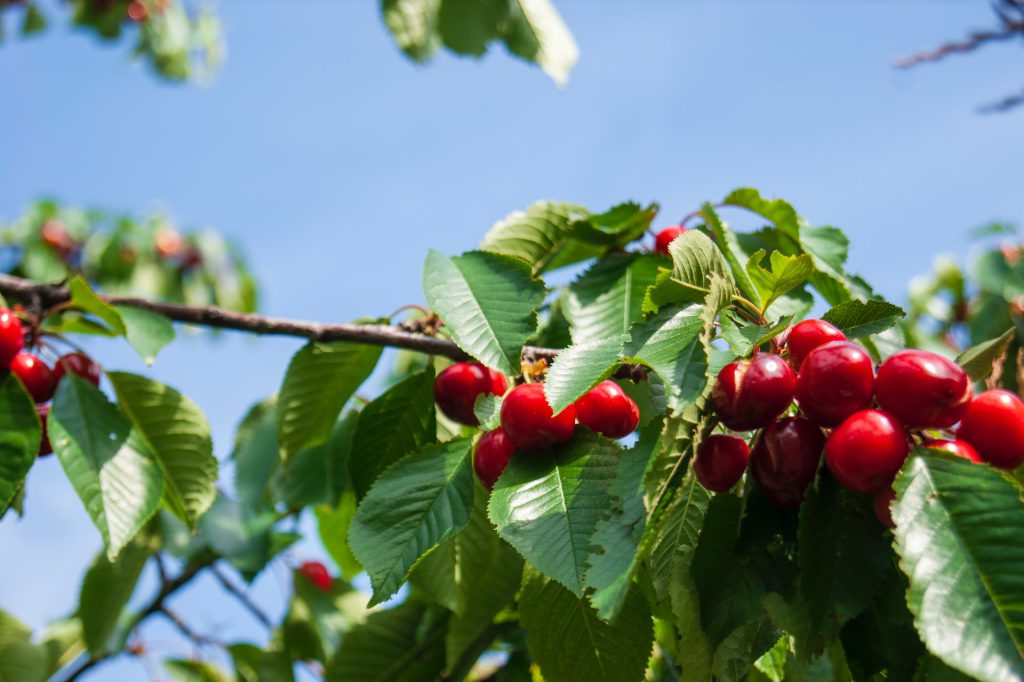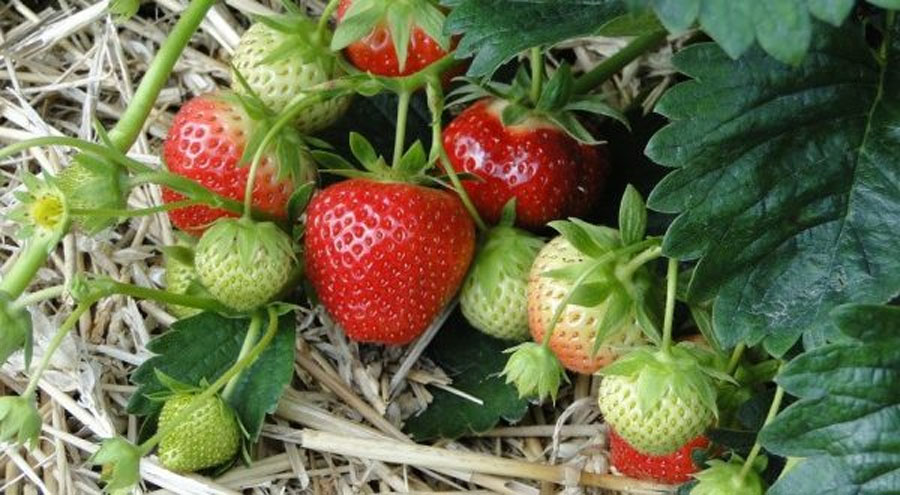The sea buckthorn plant (hippophaes) has attracted the interest of growers in Greece. Its fruits are considered to belong to the superfoods category because of the many nutrients they contain.
There are many articles from which you can start your discovery of sea buckthorn. As an indication, I mention the following.
Sea buckthorn (hippophaes) the Miracle Worker
With the same speed that Alexander the Great’s horses galloped after eating sea buckthorn, at a similar pace – if not… faster – the interest of Greek farmers in the cultivation of this plant is growing in our country. Apart from the fact that the cultivation of sea buckthorn is not demanding, the profits from the sale of the production are equivalent to a “gold mine”, as those who know this market well, which, although in our country is in its infancy, is characterized as “promising”.
Sea buckthorn (hippophaes), a health dynamo
Russian and Chinese scientists place sea buckthorn in the top ten of the world’s most powerful medicinal plants.
They claim that it contains more vitamin C than strawberry, kiwi, orange, tomato, carrot and hawthorn.
Also, its vitamin E content is higher than that of wheat, corn and soybeans and its phytosterols far exceed those of soybean oil.
In addition, it has all the B vitamins and all the minerals and trace elements necessary for the body. And that’s not all.
It provides the body with unsaturated fatty acids such as: omega-3, omega-6, omega-7 and omega-9.
It has a strong antioxidant, anti-inflammatory, antimicrobial, analgesic and healing action.
For all these reasons, it is used as a dietary supplement, as an ingredient of pharmaceutical and cosmetic preparations, but also as a pharmaceutical preparation for a variety of ailments, while juices and jams are made from its fruits.
Sea buckthorn (hippophaes) (Wikipedia)
Hippophae (Hippophae L.) is a deciduous shrub belonging to the oleaginous family. The common name in English is sea-buckthorn, spelled with a hyphen (-) to avoid confusion with buckthorn, which is a common name for the plant rhamnus (Rhamnus, family Rhamnaceae). It is also found under the following common names in English ‘sea buckthorn’, seabuckthorn, sallow thorn, sandthorn or seaberry[1](German: Sanddorn, Italian: Olivella spinosa, French: Grisset, Spanish: Espino falso).
A new crop gives hope – Sea buckthorn (hippophaes)
It has been cultivated in recent years in Greece only in Northern Evia, by a pharmaceutical company that sells it as a dietary supplement in capsule form, while in the coming months it is expected to be cultivated on large areas in Thrace, on behalf of foreign pharmaceutical companies through contract farming.
Agronomist Sofoklis Papouis from Rodopi was informed of the German interest by a colleague of his, a representative of one of the companies, and contacted them.
In the next period he is expected to be one of the first to bring the crop to Rhodope.
Sea buckthorn (hippophaes): what made Genghis Khan strong
It has been described as the king of plants with 190 nutrients, vitamins C and E, numerous antioxidants and fatty acids.
It is a powerful ally of our health, since its healing properties are innumerable, contributing significantly to the toning of the body. It provides strength and energy, strengthens the immune and cardiovascular systems, prevents common diseases and shields the body against cancer and premature ageing.
Tags: CULTIVATION • INFORMATION • SEA BUCKTHORN





